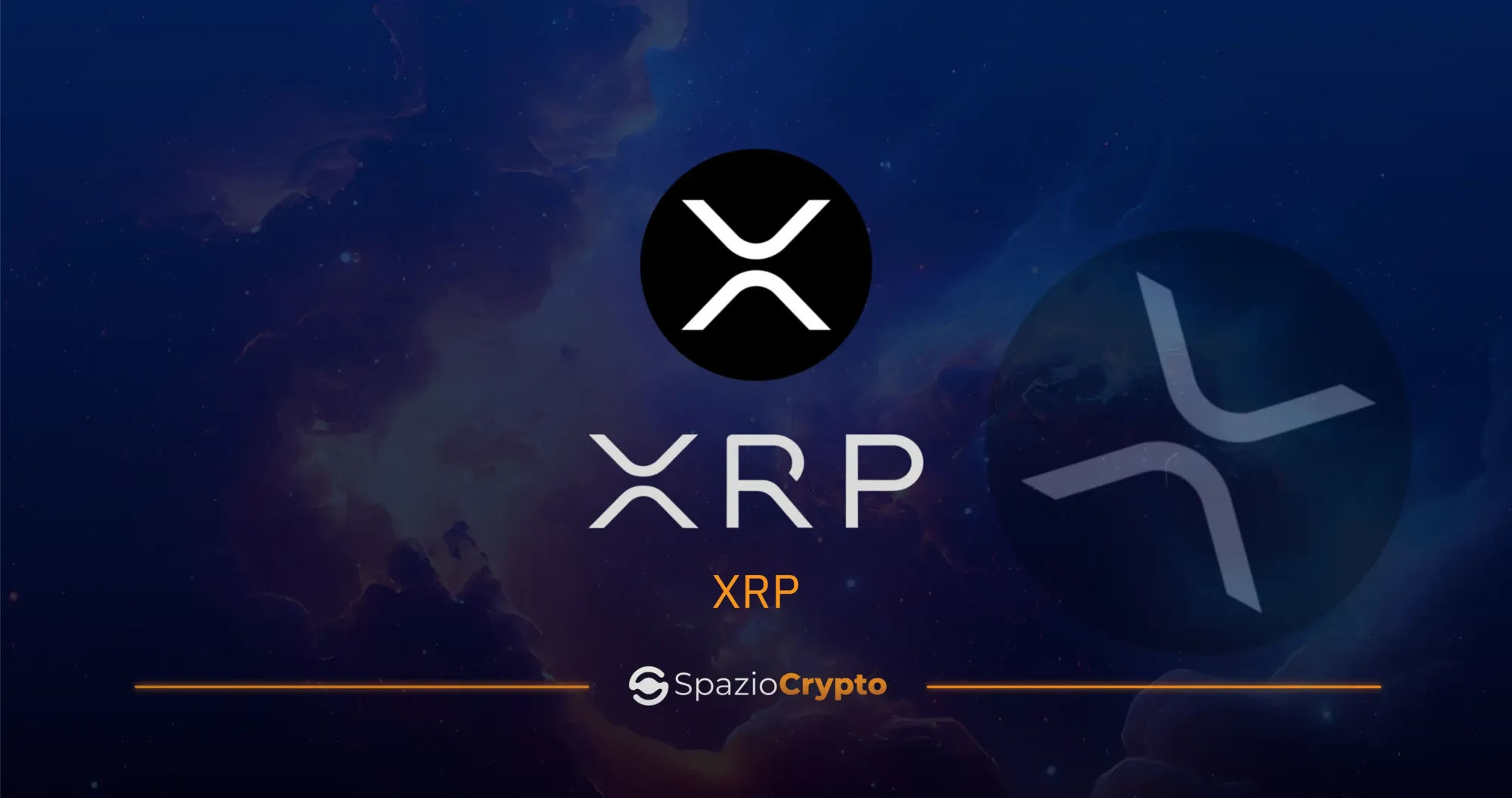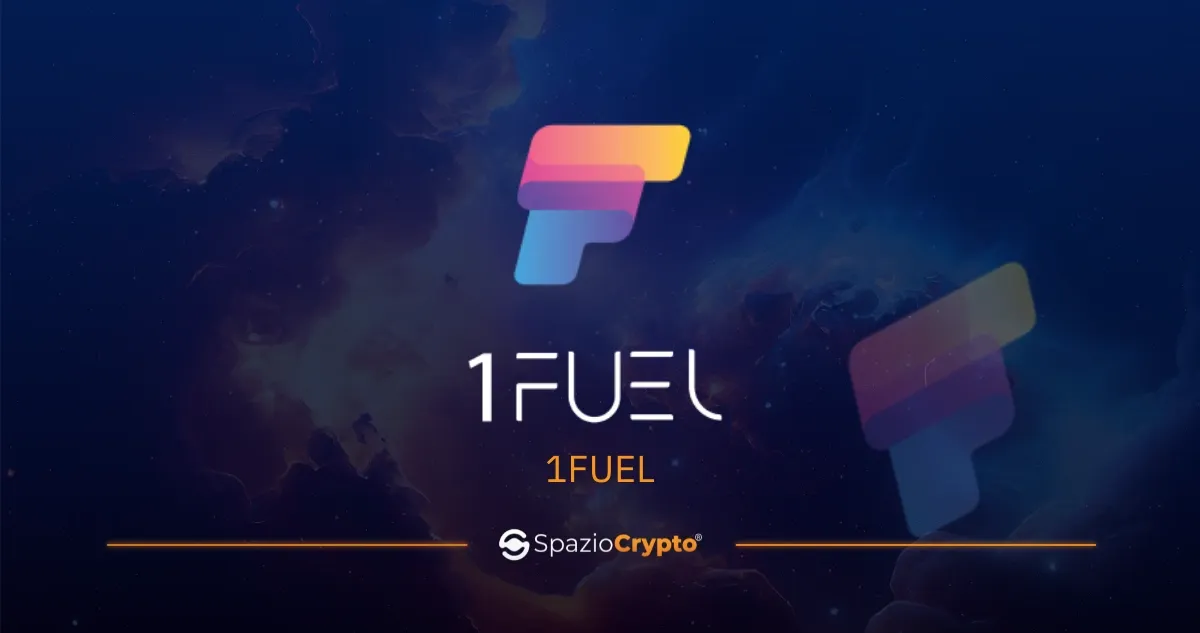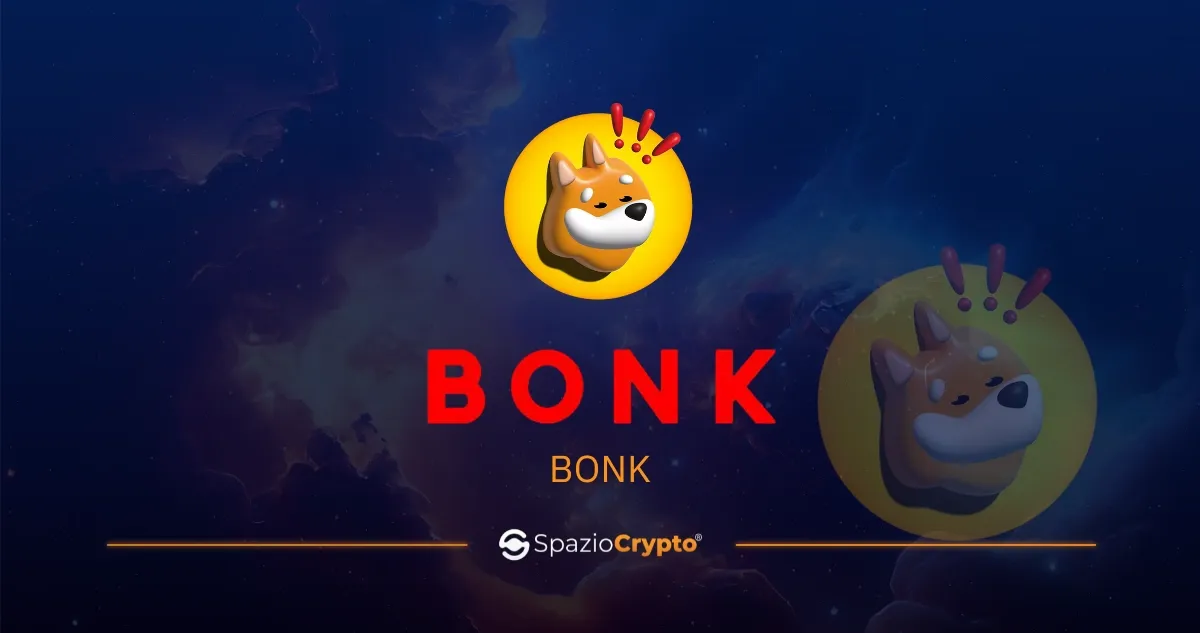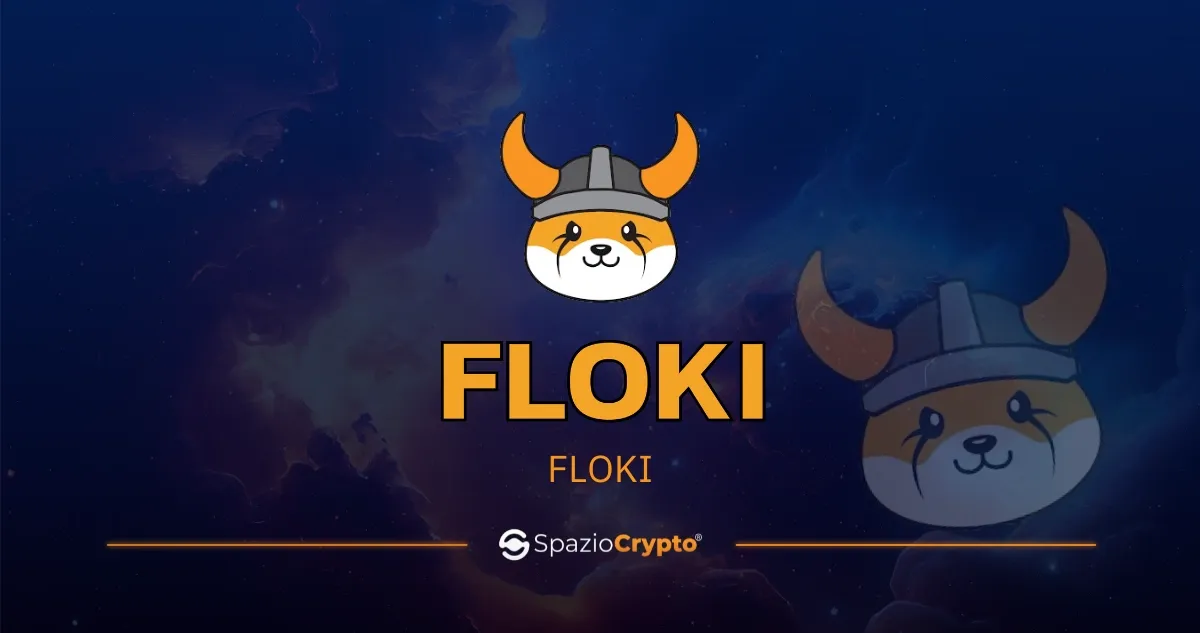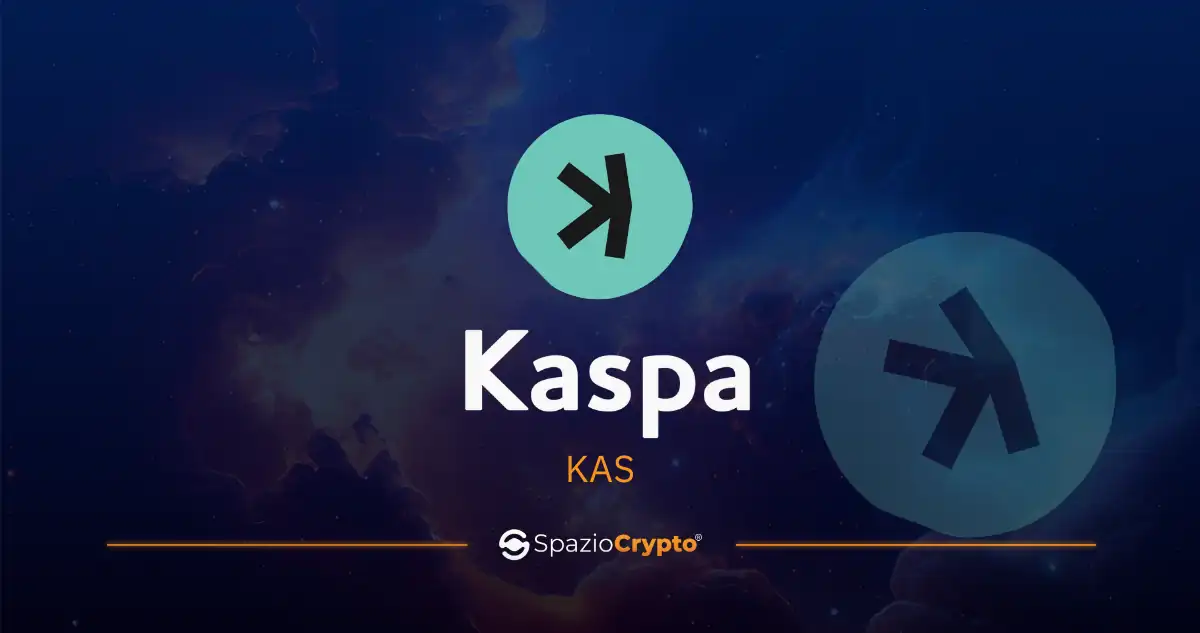You've noticed it too, haven't you?
I'm talking about how the cryptocurrency world is evolving at a disarming rate.
New tokens, new companies, new regulations. Every day, Google is literally filled with a truly massive amount of news and information.
As if a single day in the crypto world contained the equivalent of a whole year's progress.
And so, we could say that a cryptocurrency born 12 years ago is, in a way, a 'fossil' among cryptocurrencies.
Well, right among those fossils is XRP, one of the oldest cryptocurrencies, but one that still manages to make waves today, for several very interesting reasons.
Ripple is the name of the company behind XRP: international transactions, speed and sustainability, all at a low cost.
How is this possible? Everything you need to know, I explain in this article.
Meet Ripple...
So what exactly is Ripple?
First of all, it's worth remembering that Ripple was born in 2012, behind only Bitcoin and Litecoin, which were born in 2009 and 2011 respectively. Its main goal is to facilitate international exchanges by making them secure, fast, and low-cost.
For this reason, Ripple is a blockchain-based technology that serves as a digital payment system as well as a currency exchange network.
Nothing different from your normal home banking service, in short, except that the aim of the protocol is precisely to overcome the limitations of the traditional SWIFT system in the fulfilment of international transactions.
...and its XRP token
Not to be outdone, Ripple has decided to develop its own native cryptocurrency, called XRP, used on the Ripple network (called RippleNet). This is the infrastructure that allows banks to carry out international transactions at low cost, where XRP is the 'bridge' between currencies.
The bridge?
That's right, because among XRP's features is precisely that of providing immediate liquidity in other currencies. Here's how:
- Initial conversion: this is when currency A, e.g. USD, is converted into XRP;
- Immediate transfer: the amount of XRP is transferred immediately;
- Final conversion: the transferred XRP is converted into currency B, e.g. Euros, completing the transfer.
So, what's different and advantageous about it?
Nothing, except the immediacy of the transaction, and the reduction in costs due to the elimination of intermediaries (such as correspondent banks), which usually drive up transaction costs.
Not bad, right?
But that's not the end of it. Now I want to give you three key words that are essential to know about XRP cryptocurrency: speed, sustainability, liquidity.
Why? I'll explain it right away.
XRP: when speed is not an option
One of the must-haves of XRP transactions is speed.
As I have already mentioned, XRP transactions are immediate, but perhaps what I am about to tell you makes the point better.
What if I told you that an XRP transaction is processed in 3 to 5 seconds? I guess that doesn't say much.
Then let's try this: a transaction with Bitcoin has processing times of 10 to 20 minutes. A transaction with Ethereum, which is much faster, boasts processing times of 10 to 20 seconds, but still longer than XRP.
In fact, XPR does not need a Layer 2 to improve its scalability, considering that the XRP network can handle up to 1,500 transactions per second, compared to Bitcoin's 7, or Ethereum's 30 or so.
Liquidity, where and when you want
While talking about liquidity, XRP is a bit like the Netflix of cryptocurrencies.
It is available on a huge number of exchange platforms, being able to be exchanged for so many other currencies, and just when you need it.
It is not for nothing that this system is called On-Demand Liquidity (ODL).
This cuts down on risk during transactions: since it is widely available on the market, you can buy and sell it without having to be influenced by volatility during the waiting time.
Of course, this is not something that can affect the single XRP transaction you make maybe once a week.
But what if you were to consider a large global bank, making millions of transactions a day?
That's why the liquidity of XRP is something you really can't do without.
To make a tree, you need XRP
The environmental aspect when it comes to cryptocurrencies is by no means to be underestimated.
And believe me, what I'm about to tell you is not a joke at all (I wish it were). But do you know how much a single transaction done in Bitcoin consumes?
It can consume 215 kWH per single transaction.
This means 403 kg of CO2.
This means powering a house for about a week.
Of course, the Bitcoin blockchain is based on Proof-of-Work, a mechanism that is known to be very energy-intensive considering the exploitation of computing power of computers.
XRP, which is not based on the PoW mechanism, but rather on the Ripple Protocol Consensus Algorithm (RPCA) produces roughly 0.0079 kWh per transaction, a decidedly negligible amount and with particularly positive environmental feedback.
In fact, Ripple has declared its personal fight against digital pollution by guaranteeing green transactions via XRP, and promoting a carbon neutral future by supporting various ecological initiatives to offset emissions.
Everything sounds so perfect, don't you think? But then, how do they do it...
Mining and staking of XRP
Alas, unfortunately neither mining nor staking of XRP is possible.
XRP, being a "pre-mined" token, does not use mining to put new coins into circulation, unlike many other cryptocurrencies.
The process of bringing XRP to market can sympathetically be described as in or out.
In fact, at launch as many as 100 billion tokens were created, representing the entirety of the available supply. Which means that either you own tokens, or you cannot own tokens unless you buy them.
As for staking, the RPCA protocol does not provide for node validators to be rewarded with XRP. Here is how it works:
- Distributed consensus: the RPCA protocol relies on a network of validators reaching consensus on transactions. These validators are nodes (which may be run by financial institutions, companies, or individuals) that are in charge of confirming transactions, but are not rewarded with new XRPs, since, as mentioned above, all XRPs have been pre-generated at the time of creation;
- Quick validation: The RPCA protocol works in cycles, which last approximately 3-5 seconds. During each cycle, validators compare transaction data and reach a consensus on the current state of the ledger. If 80 per cent of the validators agree on the transactions, they are approved and added to the ledger;
- Security through trust: Each validation node has a Unique Node List (UNL), i.e. a list of trusted nodes. Nodes only verify transactions with nodes in their UNL. This process of distributed trust greatly increases the security of the network, as an attack would require the control of a large majority of trusted validators (at least 80 per cent).
Marketing at home ripple
Given its ambitious plan to position itself as a solution for banks and large financial intermediaries, Ripple's marketing has undergone a particular journey.
Unlike other competitors who were able to target retail, Ripple had to sell its XRP and services to the institutional sector, rather than focus on the average consumer, promoting its as a professional product for banks.
This is no small feat.
This is why it has availed itself of truly important partnerships such as that with Santander and Standard Chartered, two large international financial institutions, each with a significant presence in the global banking sector.
However, this bold marketing campaign has not spared Ripple from legal problems.
Because of the peculiar nature of its approach, Ripple was sued in 2020 by the Securities and Exchange Commission (SEC) for placing an unregistered security on the market.
The collection was estimated at $1.3 billion that the company allegedly raised without following the normal procedures for issuing a security in the US.
A risky move, or simply an attempt by the US government to put a spoke in Ripple's wheel?
The lawsuit has taken a major turn in Ripple's favour, but at this point we can really expect anything: we'll see.
Ripple's future (between trouble and opportunity)
In spite of being one of the oldest companies in the crypto landscape, Ripple still has a lot of cards to play.
However, there has been no shortage of challenges it has faced during its long journey. One of them is the lawsuit with the SEC, particularly in the US, which has put Ripple in serious trouble.
As mentioned in the previous paragraph, the company was accused of selling XRP as an unregistered security. Although it was not until 2023 that the conclusion was reached that XRP was not a security, the course of this lengthy lawsuit has resulted in a predictable squeeze in the value of the token over time.
And it certainly cannot be ruled out that tightening regulations by governments around the world will make it more difficult to use XRP anyway.
In any case, Ripple is expanding in the so-called emerging markets, where banking systems are still obsolete, and represent a very fertile ground where the demand for fast and cheap payments is very high.
On the environmental side, Ripple has declared to make itself carbon neutral by 2030, including through the purchase of carbon credits, as part of its strategy to offset non-reducible emissions.
Turning the sums...
XRP proves to be a truly remarkable cryptocurrency with a long history of problems and successes.
The ambitious goal, the care towards sustainability and the technical peculiarities of the token make it truly inimitable, leaving the door open to uncertainty.
In fact, no one can say what fate will befall the company, but there is certainly no denying how the numerous services and different features of this token are unique and out of the ordinary.


